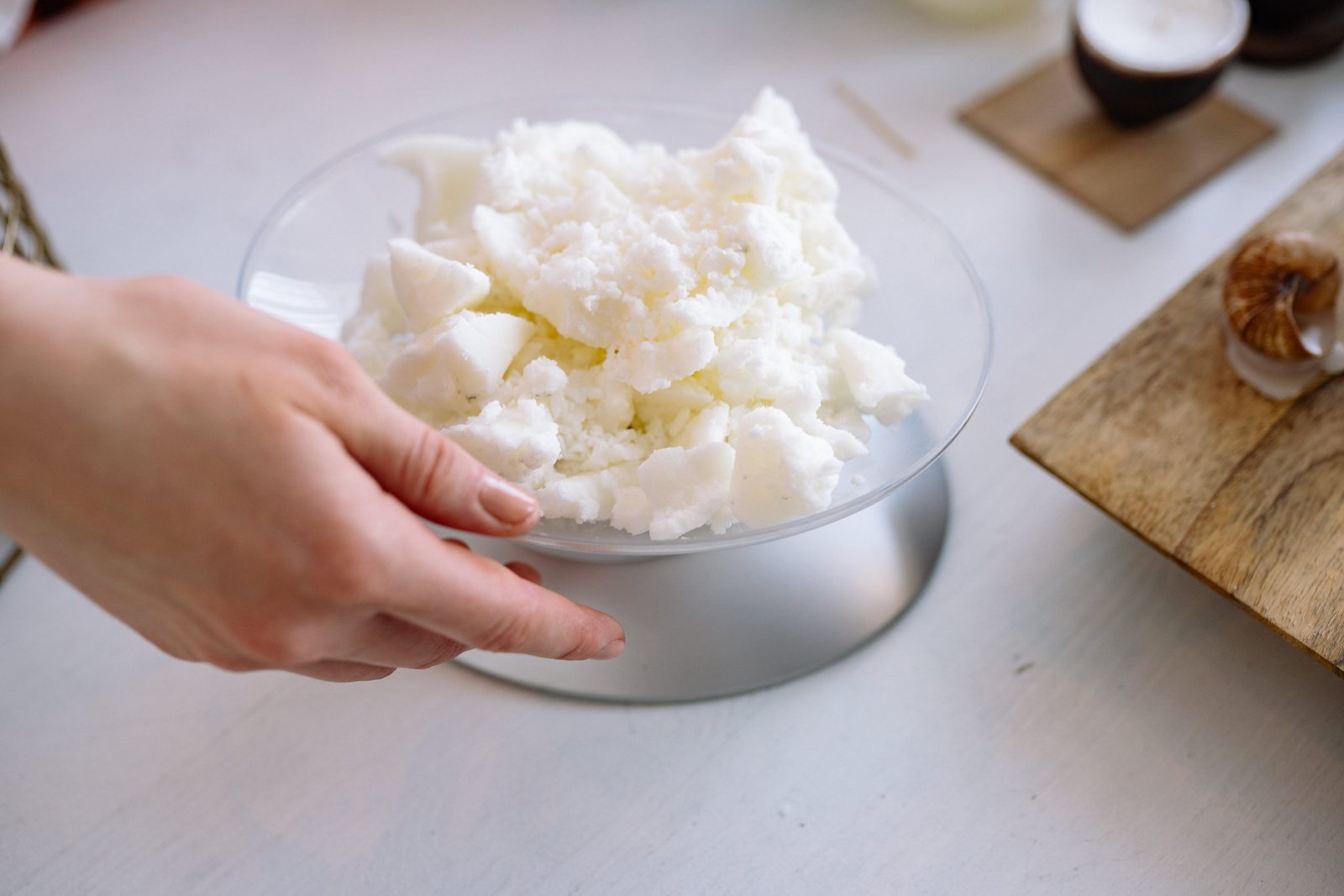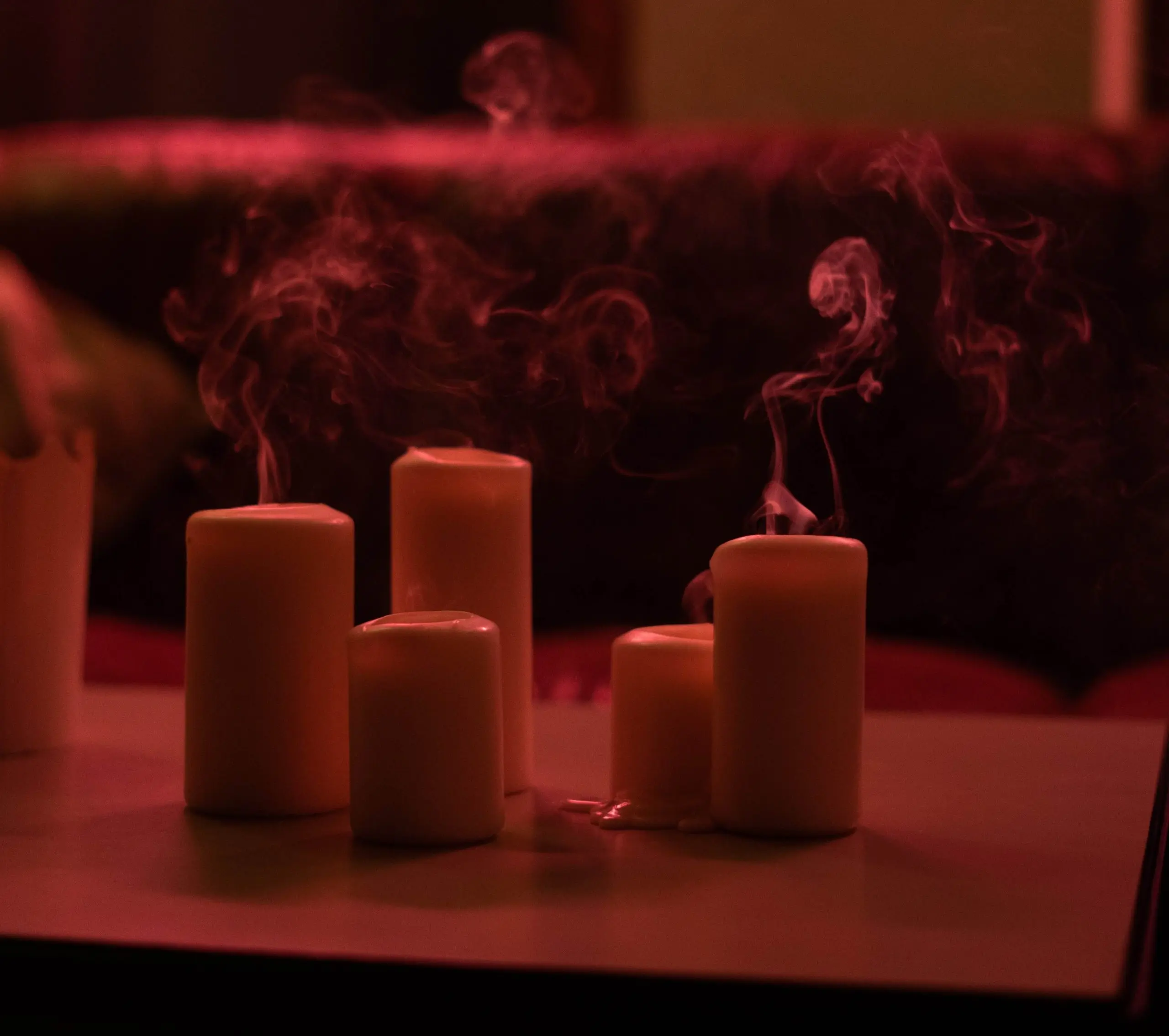
How to Remove Wax from Non-Porous Surfaces
Candles create a serene atmosphere, but spilled wax on non-porous surfaces like glass, metal, or sealed countertops can be a hassle. Fear not! With a few simple steps and the right approach, you can bid farewell to stubborn wax residue without causing any damage. Here’s your step-by-step guide:
1. Allow the Wax to Harden:
- Patience is key. Let the wax cool and solidify naturally. Avoid touching or attempting removal until the wax has fully hardened.
2. Scrape Off Excess Wax:
- Use a plastic scraper, credit card, or the blunt edge of a knife to gently scrape off as much hardened wax as possible. Take care to avoid scratching delicate surfaces like glass.
3. Apply Cold to Solidify Wax:
- To make the remaining wax brittle and easier to remove, place an ice pack or ice cubes wrapped in a cloth over the affected area. Allow it to sit for a few minutes to further solidify the wax.
4. Gentle Scrape or Chip Away:
- Once the wax is cold and brittle, use a plastic card edge or your fingernail to gently scrape or chip away the wax. Be cautious to prevent surface damage.
5. Use Heat for Residual Wax:
- To eliminate any lingering wax residue, employ a hairdryer on a low heat setting or warm cloth and place it over the area. The gentle heat will soften the wax, making it easier to wipe away with a paper towel or cloth.
6. Clean the Surface:
- Wipe the surface with a cloth dampened with warm soapy water or a mild detergent to remove any remaining wax. For tougher spots, use rubbing alcohol or a specialized cleaner suitable for the surface.
7. Dry and Polish:
- Ensure the surface is completely dry. Use a clean, dry cloth to remove any moisture. For a polished finish, consider using a glass cleaner or metal polish (if appropriate) on the surface.
8. Final Inspection:
- Perform a thorough check for any lingering wax. Repeat the process if necessary until the surface is entirely free from wax residue.
Important Tips:
- Avoid Abrasives: Non-porous surfaces can be sensitive to scratching. Use gentle scraping tools and avoid abrasive materials.
- Temperature Caution: Be mindful of extreme temperature changes, especially on glass surfaces, to prevent potential cracks or damage.
With these straightforward steps, you can effectively remove wax residue from non-porous surfaces, restoring their pristine appearance without any harm. Remember, always use gentle techniques suitable for the specific surface material to ensure safe and effective wax removal.
Stay tuned for more cleaning tips and hacks on our blog!

